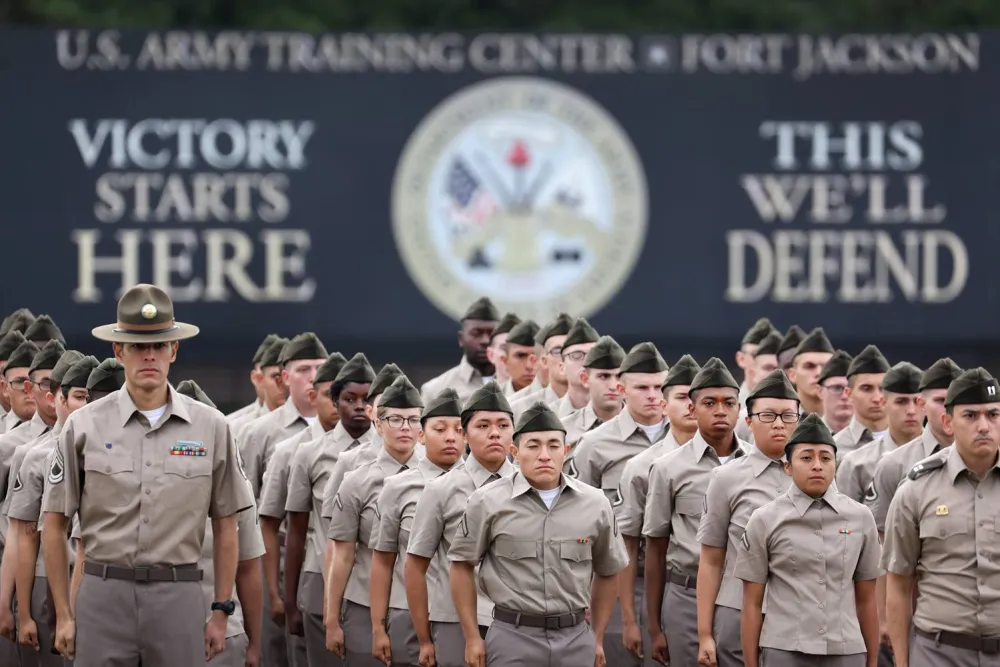
作者/Author(s): Raphael S. Cohen
網站來源/Source: Foreign Policy
日期/Date: 12/02/2024
關鍵字/Keywords: 軍事、中國、北韓、美國
摘要:
最近,普丁試圖透過支持北韓飛彈和核計畫,換取平壤當局派遣軍隊參與俄烏衝突,而丹麥也忙著指控一艘中國船隻,故意切斷波羅的海數據電纜。這些事件表明,國際戰略環境正在改變,美國的對手願意在其國家領土之外相互支持,俄羅斯、中國、北韓和伊朗之間的聯盟關係更加緊密。美國及盟友應重新評估新的安全環境,制定必要對策。俄羅斯自 2022 年起不斷深化與北韓、中國的戰略夥伴關係,積極制定全面協議。北韓與中國直接或間接介入俄烏衝突,也從根本上改變了美國的國防戰略與軍力規劃。
俄烏衝突前的美國軍力規劃
俄烏衝突前的美國軍力規劃
- 自第二次世界大戰以來直到冷戰結束後的若干年,美國的軍事結構設計一直是要能夠同時應對兩場戰爭、遏止共產主義擴散,並嚇阻敵對國家行為體。
- 伊拉克和阿富汗戰爭證明美國有足夠的軍力同時打兩場戰爭,但未必能維持長期或非常規的戰役。
- 歐巴馬政府發現,在經歷中東長期反叛亂行動、美國軍事現代化進程滯後,以及中共解放軍崛起等事件,美國很難再維持雙戰結構。因此,美國轉向「1.5場戰爭」的戰略,在擊敗一個潛在敵人的同時,對另一個敵人施加不可接受的代價。
- 然而,川普和拜登政府進一步縮減了軍力結構,轉為只能在單一戰區內打一場戰爭並取得勝利,並在不進行重大戰鬥的情況下,嚇阻其他敵人,防止衝突過度擴散。
Summary:
Recently, Putin enlisted North Korean troops in its war while Denmark accused a Chinese vessel of intentionally severing Baltic Sea data cables. These events indicated a change in the strategic environment where the US's foes are willing to assist each other outside their proximities and a closer alliance between Russia, China, North Korea, and Iran. The US and its allies should reassess the new security environment and devise necessary countermeasures. Russia has deepened its strategic partnerships with North Korea and China since 2022 and is formulating a comprehensive agreement with Russia. North Korea and China's direct or indirect involvement in the Russo-Ukraine War changed the US defense strategy and force planning fundamentally.
The US Force Planning Before the Russo-Ukraine War
The US Force Planning Before the Russo-Ukraine War
- From the Second World War until several years after the Cold War, the US has structured its military to be able to fight two wars simultaneously, contain communism from spreading, and deter hostile state actors.
- The Iraq and Afghanistan wars proved the US had enough forces to fight two wars simultaneously but may not sustain prolonged or unconventional wars.
- The Obama administration recognized the difficulties in maintaining a two-war structure after long counterinsurgency efforts in the Middle East, lagged military modernization efforts, and the PLA's formidable rise. Consequently, the administration pivoted to a one-and-a-half-war strategy: defeating a potential adversary while imposing unacceptable costs on the other.
- However, the Trump and Biden administrations further reduced the force structure to fight and win only one war in one theater simultaneously while deterring other foes without major combats, aiming to prevent a conflict from spreading too wide.
